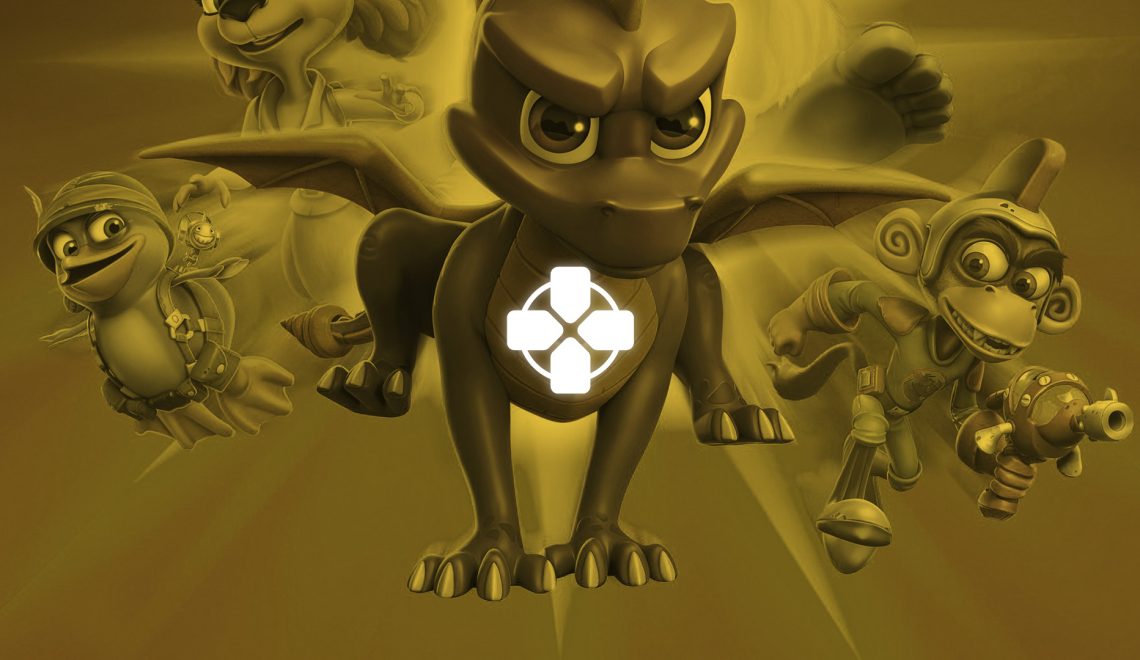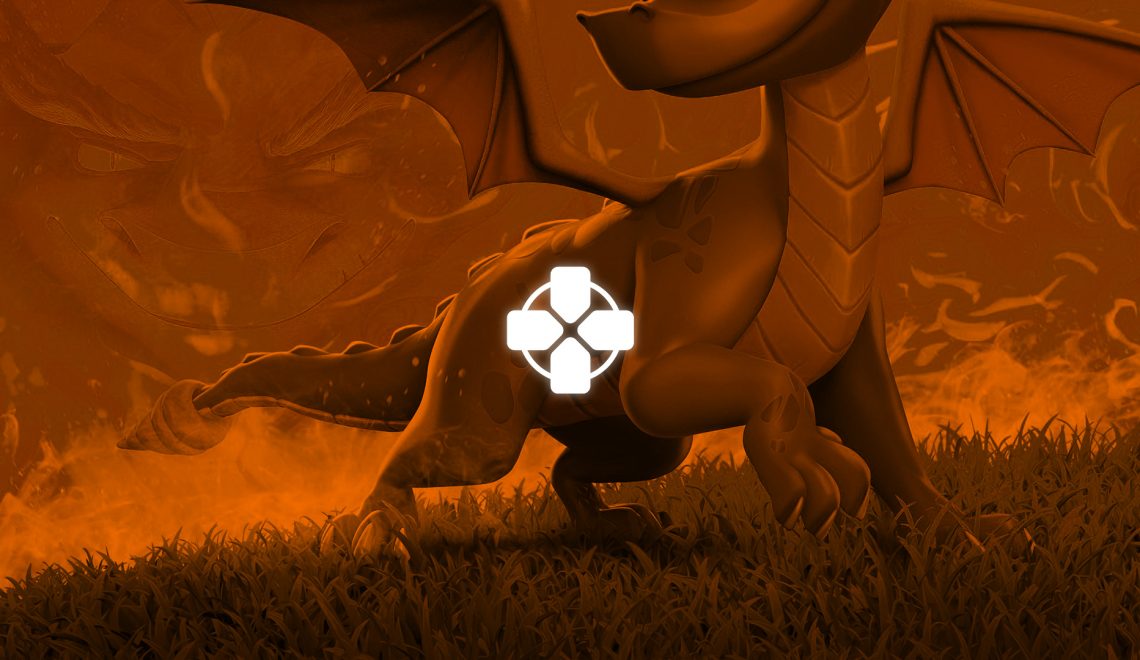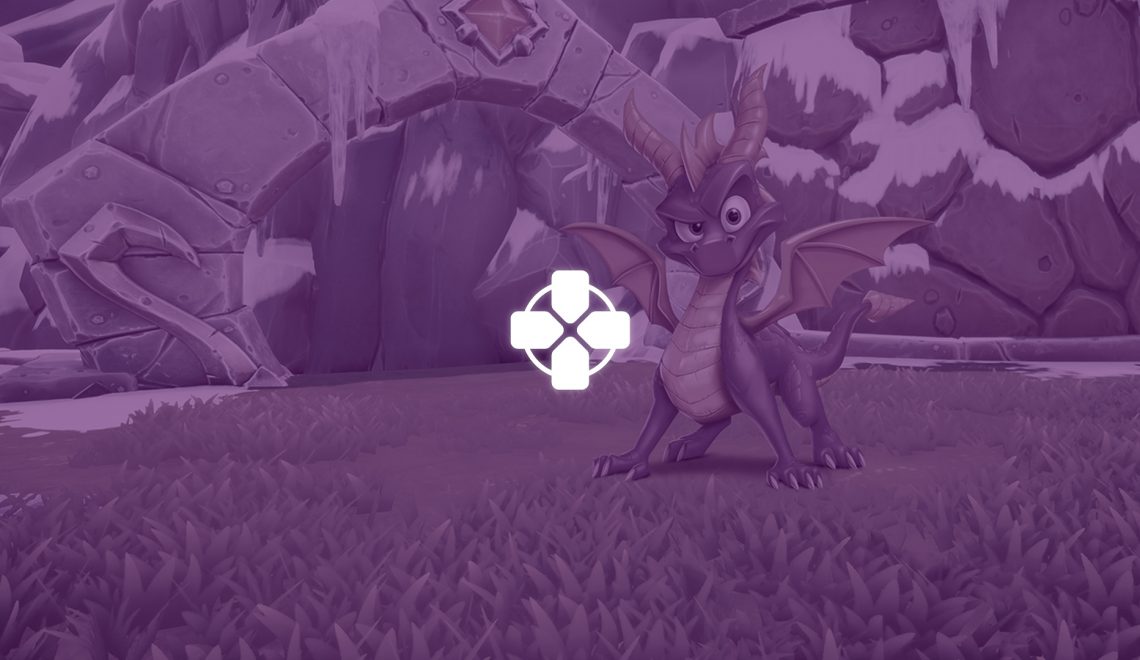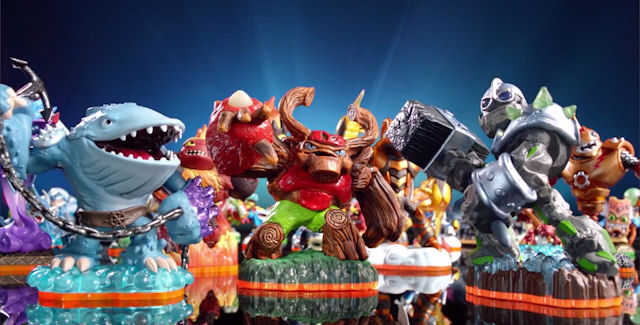
To the Sky, Infinity, and Beyond: The Rise and Influence of Skylanders’ “Toys to Life” Figures
If one were to walk up to any child today and ask if they know what Skylanders is, it would be highly improbable to hear, “No,” in return. This juggernaut of a video game franchise is aimed at all young audiences with its combined video game and toy figure lines, boasting staggering statistics with bona fide success. As of mid-2014, Skylanders sold 175 million of its toys and brought in $2 billion in revenue since launching in 2011. In addition, it made up 20 percent of all platform game sales in 2013 (“Activision Confident,” 2014). Ranking among the likes of Call of Duty, Minecraft, and Grand Theft Auto in terms of sales numbers and profit, Activision’s kid-friendly franchise is a pop cultural phenomenon and market force to be reckoned with, but what has made it thrive, how did it come about, and has it left an indelible mark on the video game industry? These questions and more will be answered, but not with the video games in mind per se. Instead, the focus of this analysis will be on Skylanders’ “toys to life” figures, which are the integral component to its raging popularity and genius.
To be more clear, Skylanders is an action-adventure platformer video game series with RPG elements, containing dozens of zany characters with varying abilities and personalities that roam around the colorful, diverse locales of their homeworld: the Skylands. However, the first game sees the evil Kaos casting them out into space, which causes them to freeze into statues before they find themselves careening toward Earth. Stuck in these helpless positions, they require players’ help by placing their forms on the “Portal of Power” to send them back to the Skylands to fight Kaos and his minions. With subsequent games that follow, the Skylanders must stop the antagonist’s new ways of trying to bring them down with tricks up their own sleeves as well, which is where the toys come in. They are small, detailed toys of bizarre, fantastical characters – ranging from lava monsters and elves to dragons and sea creatures – embedded with RFID tags that contain data scanned by a plastic Portal of Power designed with NFC (near-fields communication) technology. This portal allows players to load and play as any toy inside a Skylanders title. You could even place one of them on a friend’s Portal of Power, bringing your character into a friend’s game with original items equipped and achievements still intact, thanks to the fact that individual progress is saved inside each toy with the RFID tags.
Since testing the waters with Spyro’s Adventures, Activision has unleashed Giants, Swap Force, and Trap Team in the franchise, which have maintained its innovative charm and silliness with, respectively, larger toys that are immensely powerful with new abilities in-game, figures that can switch top and bottom halves with other characters so players can create personal combinations and experiment with how their powers change gameplay, and the latest additions to the series that can be utilized to capture enemies in-game so one can play as them. As a whole, the novel application of these toys with their video games is something Activision calls “toys to life,” which it is the first to capitalize on in the video game and toy industries. Activision Publishing CEO Eric Hirshberg says this is the result of combining “two very mature, very stable play patterns and markets. One is kids collecting toys. And the second is kids playing video games,” he said. “We’ve just brought the two together” (Kain, 2013). I-Wei Huang, Skylander’s primary character and toy director who assists developers Toys for Bob and Vicarious Visions, believes that you have to think like a kid and be crazy, out of the box, and fantastical to the point where you’ll even catch the imagination of adults with these toys. “It could be a certain kind of dragon or a sword or even a look. If it makes you chuckle when you see it, then we got you,” he said. “They had a heroic likeability as well as power and humor. A lot of it is instinct” (Campbell, 2014). Polygon’s Matt Leone best describes how these toys end up from Huang’s mind to store shelves.
The process starts with Huang doodling and Reiche thinking up concepts, then extends to identifying the character’s gameplay functions, to finalizing the character’s design, to modeling it in high-resolution 3D, to animating the game character, to posing the toy version, to printing it out in a 3D printer, to adjusting the colors and shapes, to working with a company called Creata to make it safe, to working with former Guitar Hero group RedOctane to deal with manufacturing factories in China, to lining up the packaging and shipping the toys to stores (2012).
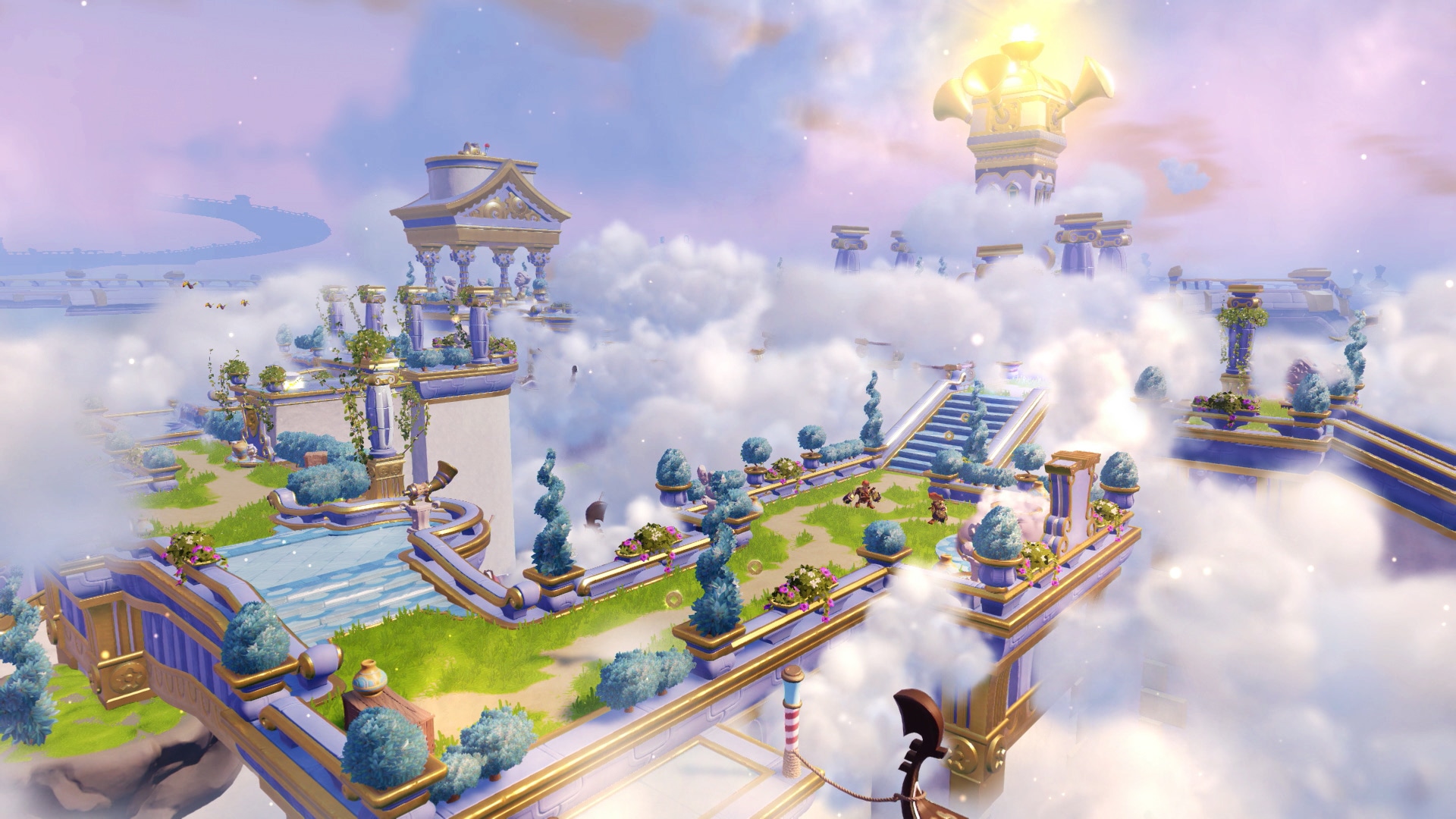
Where did all of this begin though? Toys for Bob co-founders Paul Reiche and Fred Ford also spoke with Polygon about their studio’s history. It created several of its own interesting titles in the 1990s, focused on licensed games like Madagascar with Activision up until 2008, and was left in a period of figuring out what it should do next for a few years. The studio’s publisher wanted them to come up with an idea that would solidify them as a forward-looking developer, and what the team kept coming up with was a game defined by “monsters, strategy, [and] kids.” Huang’s creative sketches and idea of turning them into 3D models helped with this creative process, and once Activision told the studio it could choose an IP to build upon, it went with Spyro since it was recently acquired and coincidentally fit with the humorous, cartoony direction they were moving toward with their original vision. Once programmer Robert Leyland’s – who experiments with electronics as a hobby – interesting application of RFID technology to transfer data to a video game with his own “portal” of sorts was brought to the table, team members tried tying this with the 3D models Huang created. They were amazed with what they came up with, since the toys could now save aspects of in-game progress and interact with this lit-up portal in visually appealing ways to their physical designs, which made their eyes glow, weapons flare up with bright colors, etc. After pitching Skylanders to Activision with Spyro as its base for brand recognition, Activision Blizzard CEO Robert Kotick knew this would work, going as far as to willingly give the studio an additional year to polish its ideas. The stakes were risky and high when the months counted down to its release date, but everything since Skylanders: Spyro’s Adventures is golden history (Campbell, 2014). Even still, new ways of advancing the importance of interaction between the physical and digital and creating new mechanics across platforms with consoles and tablets are constant aims for Activision with Skylanders’ toys and video games, as senior vice president of product management Josh Taub points out about the brand’s evolution (Takahashi, 2014).
Its broad influence does not stop with its own presence in the market. Indeed, prominent companies have been observing Toys for Bob and Activision’s own successes. Disney and Nintendo – creative, visionary entities in their own rights – have experimented and profited greatly by following suit with the toys to life concept with Disney Infinity and Amiibo, respectively. The former is a new franchise that Matthew Solie, producer at developer Avalanche Studios, acknowledges: it is inspired by Skylanders with toys you can put on a base that makes them appear in a game. What separates Disney Infinity though is that the games are open-world sandbox titles where players either craft their own or explore others’ one of a kind race tracks, crazy obstacle courses, and more, which are realized with broad sets of level creating tools and items. “[It] is a giant world creator and game creator. We actually allow you to take everything you unlock inside those Play Sets and then play with them however you would want, similar to like when we were kids and we’d throw all of our toys on the living room rug,” he said (DelVillano, 2013). With Disney having a wealth of iconic characters from Marvel, Star Wars, and so forth to exploit and its first entry in the series selling 3 million starter packs and becoming the tenth best-selling game of 2013, it is clear there is room for more competitors in this demand for toys to life ideas (Sarker, 2014).
As for Nintendo, it is producing lines of Amiibo toys that are not for one specific game, but are and will be compatible with an increasing list of first-party franchises like Super Smash Bros., The Legend of Zelda, and Mario Party. The possibilities for future figures and what they can be used for is limitless, and Nintendo already could not have more success with its Amiibos since they cannot keep most of them in stock due to their overwhelming demand, evidenced by the fact 710,000 were sold in the opening three weeks of the late-2014 launch and that they made up 36 percent of sales on BestBuy.com in December, compared to Skylander’s 28 percent and Disney Infinity’s 36 percent (Cashman, 2014). In response to the newfound opposition, Reiche said, “I’m actually pretty excited about what Nintendo’s doing with their Amiibos. They do such high-quality work as a general rule. […] At Disney, they have a lot of strong characters. The way we maintain our leadership is by pushing innovation year after year,” he said. “Not only who you’re playing as, but what are you doing? […] It’s fun more than anything to be in competition” (Helgeson, 2015).
One cannot highlight the power of Skylanders without mentioning its competitors, which have tapped into this phenomenal, long-lasting fad and profited insanely well in such a short amount of time. Therefore, it is clear that what started as a gamble on an unfamiliar yet original idea has not only made Skylanders breach into the top 20 most successful video game franchises as of January 2014, but also has turned it into a major player in how publishers and developers have begun to reevaluate how they can create games that utilize the toys to life concept in new, exciting ways (Dyer, 2014). The thought may seem obvious of taking toys and having them interact with video games somehow, but it is usually the simplest ideas such as this one that are the most innovative and brilliant, capitalizing on a hidden vein of what a consumer demographic did not even know it desired. In the end, stripping away all of the technical terms and jargon, what makes Skylanders special is just how magical it is to children. “It is about having a companion in the world of imagination,” Reiche said. “When you are a kid it’s not an object, it’s a character. This isn’t just a toy” (Campbell, 2014). That is why the franchise’s overarching story – as comical and nonsensical as it may be – builds on this view by being grounded in reality; its narrative makes the toys more than toys. They are trapped heroes in need of help, so it is only natural why any kid would want to take up this duty by purchasing the toys, putting them on the Portal of Power, and playing any of the video games. They have a heroic, fun, and wondrous job to do as the initiators and enforcers of the Skylands’ salvation, so it is no wonder why they return to the virtual worlds time and time again.

